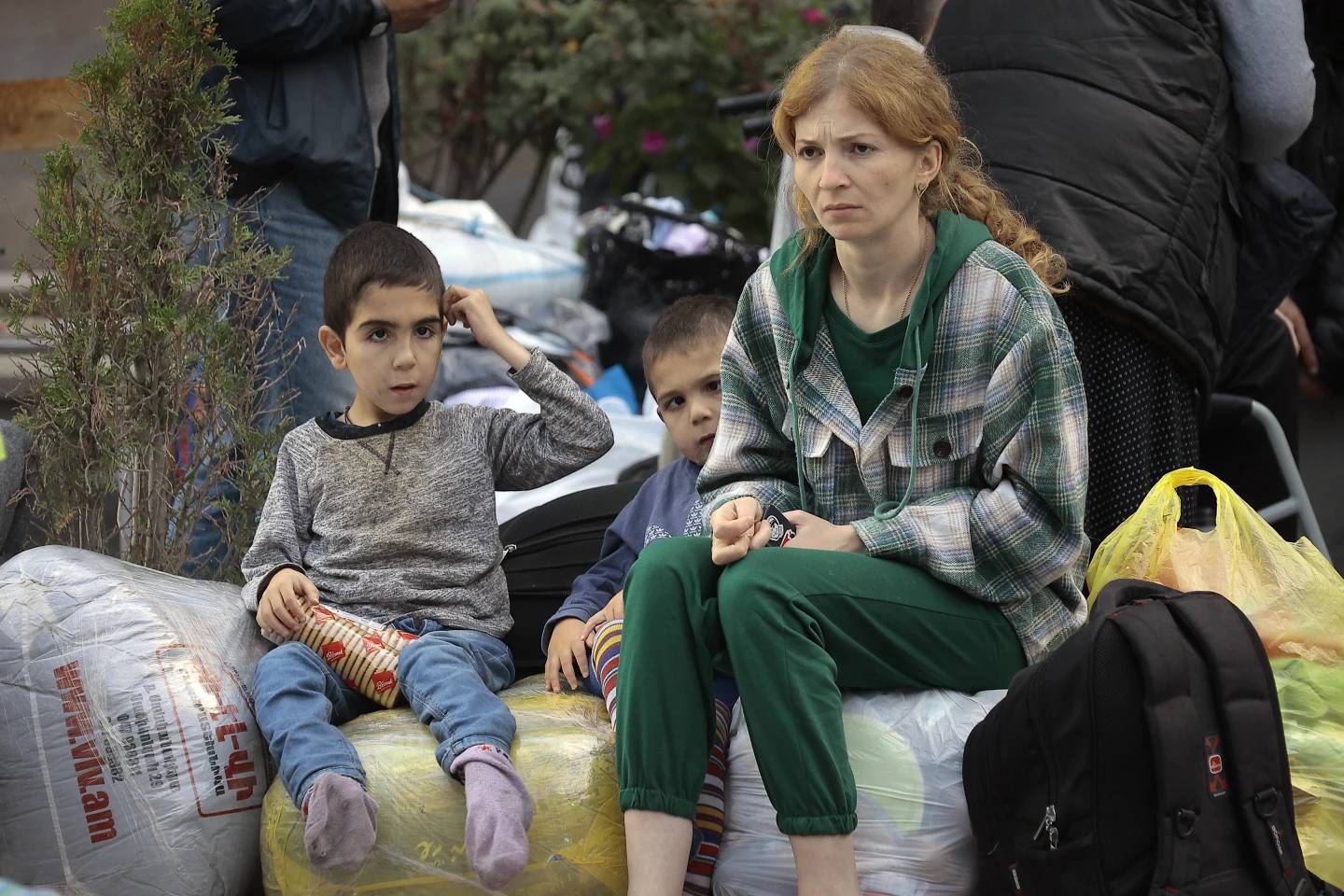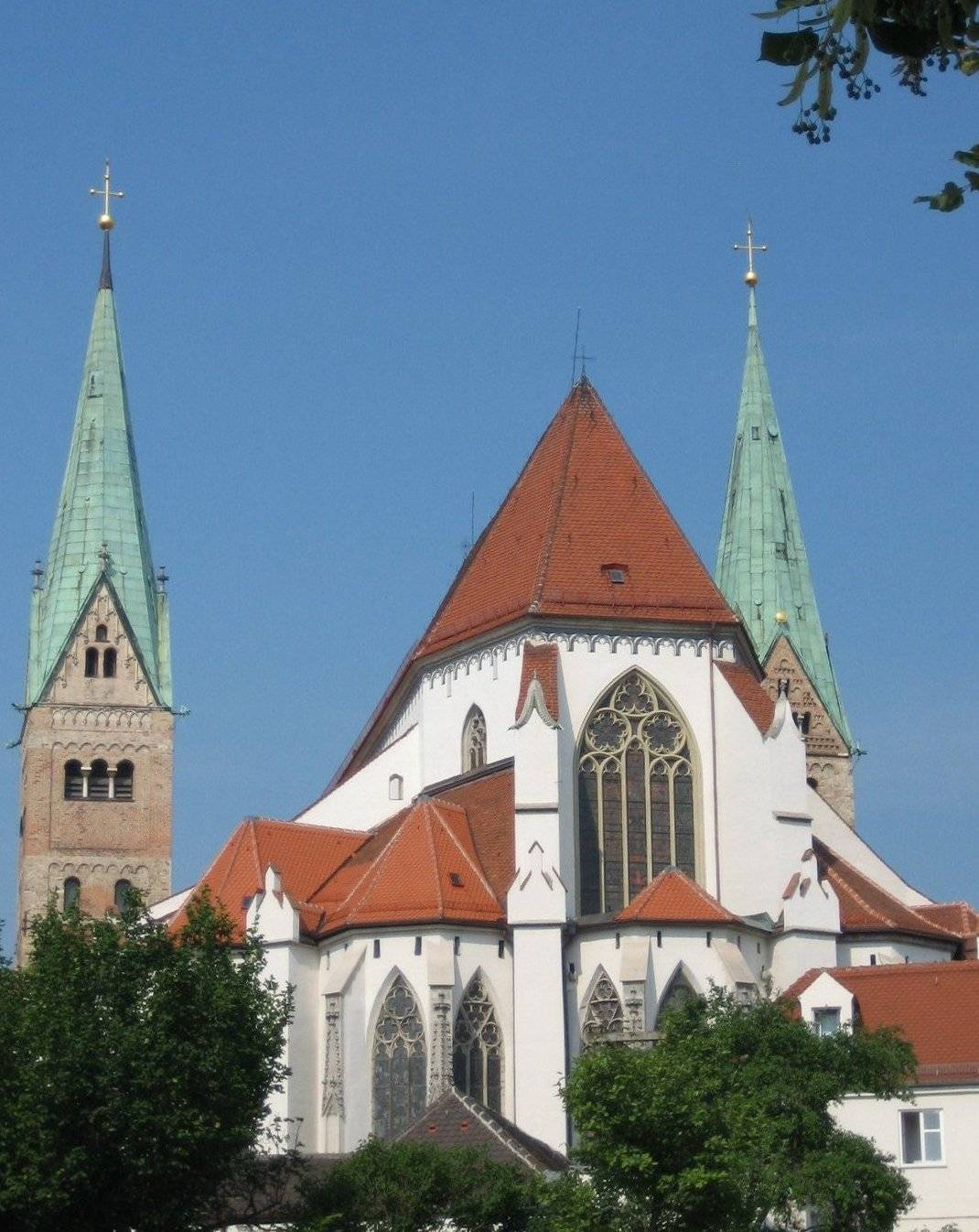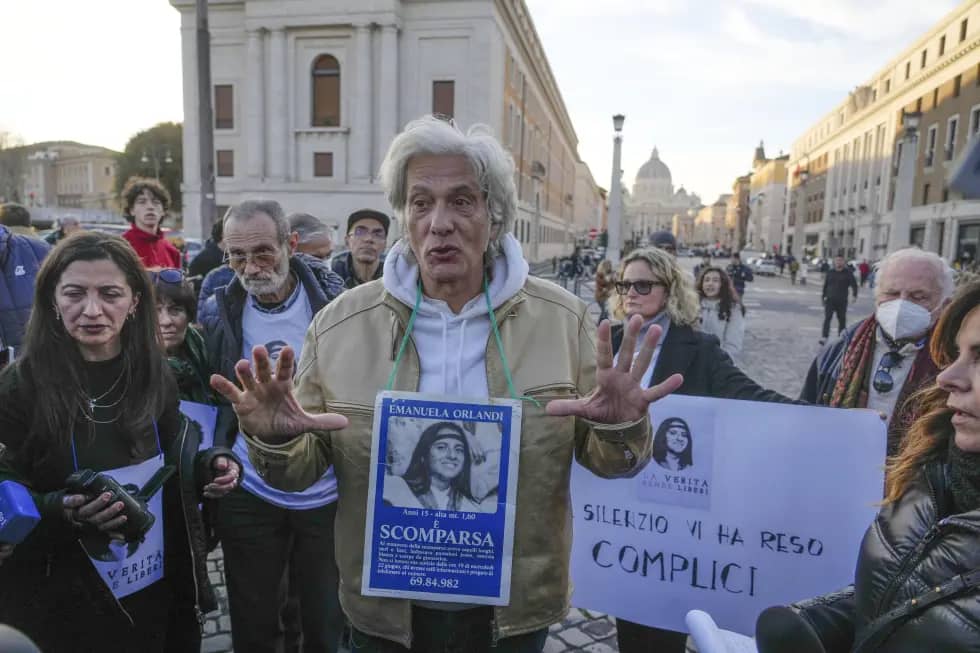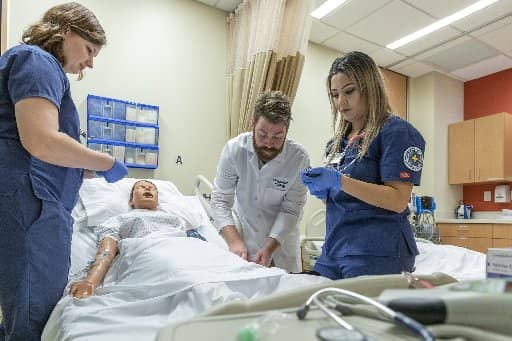A sensational new report on sexual abuse in the Netherlands claims over half of the bishops in the country from 1945-2010 were involved in either covering up abuse or abusing children themselves.
The report appearing in NRC Handelsblad, the Netherlands’ most prestigious newspaper, charges the Dutch hierarchy had a “policy of transfers and turning a blind eye” to abusive priests in the country.
The story was published on Friday, just days after the German media outlets Spiegel Online and Die Zeit published a leaked report on sexual abuse inside the Catholic Church in Germany detailing 3,677 abuses cases by clergy between 1946 and 2014.
Last month, a report detailing the alleged abuse of over 1,000 child victims by 300 priests in Pennsylvania put pressure on the Church in the United States to come clean about decades of abuse and cover-up in the country.
The NRC Handelsblad report claims 20 of 39 bishops during the period are implicated in at least covering up abuse, with four auxiliary bishops suspected of abusing minors themselves.
Church spokeswoman Daphne van Roosendaal told the AFP news agency that “the names of several bishops correspond to those named in a report commissioned by the Church in 2010.”
She also said most of the accused are dead, and that the Dutch statute of limitations has expired in all the cases.
The four accused auxiliary bishops are Bishop Jan Niënhaus of Utrecht, Bishop Jo Gijsen of Roermond, Philippe Bär Rotterdam, and Jan ter Schure of Den Bosch. All are deceased except Bär, who is now 90.
In a situation similar to that of the disgraced former Archbishop of Washington, ex-Cardinal Theodore McCarrick, Bär is accused of having sexual relations with seminarians.
The other 16 bishops named were accused of covering up abuse and transferring child molesting priests. None of them are still in active ministry.
These include two cardinals, both of whom served as Archbishop of Utrecht: Cardinal Bernard Jan Alfrink, who served 1955-1975 and died in 1987; and Cardinal Adrianus Johannes Simonis, who served from 1983-2007, and is now 86 and living in retirement.
The Dutch newspaper recounted the story of one priest’s history of abuse, as he was shuttled from diocese to diocese for over 20 years. In 1969, the priest was discovered to have abused three girls aged 6 and 7. After surviving a suicide attempt, the priest was moved to a new parish. The pattern continued until 1990, when the priest succeeded in killing himself after another case of abuse became publicized.
“The parents of the three girls had alerted the diocese through their parish priest,” said Annemie Knibbe, the director of the Dutch organization Women’s Platform on Child Abuse.
“It was promised that the chaplain would go into therapy. The girls lived under the false impression for decades that other children were protected from such a horrible occurrence. When it later turned out that the man had just continued with his practices, that was hard for them,” she told NRC Handelsblad.
Brigitte Kicken, one of the priest’s original victims, told the Dutch newspaper she spent years trying to bring attention to her case. She wrote the pope and didn’t get a reply. She then flew to Rome and hand-delivered her letter to the Vatican Post Office. She then received a note saying the Vatican would reply “soon” but has yet to receive another response.
“People talk about America, but the same thing happened to me around the corner,” Kicken said.
In a response published on its website, the Dutch bishops’ conference noted that most of the accusations stemmed from a years-old report commissioned by the conference itself, and the majority of cases were decades old and involved alleged perpetrators who were already deceased.
Speaking about the cases of bishops transferring abusive priests, the statement said that “in certain cases, the abuse was known, and it must be noted in those situations insufficient care was taken by bishops who gave these priests a new appointment.”
It went on to say that in other cases, “the abuse was not known to the bishop who appointed the priest to a new position, but there was not a careful exchange of information between bishops and other superiors.”
The statement said that since 2011, the Dutch bishops’ conference has taken measures to prevent such situations happening in the future and has continued to update its policies to screen out abusers and better protect the Church.
“Sexual abuse shouldn’t happen anywhere, but certainly not in the Church, which has the mission to proclaim the Gospel of Christ,” the statement concluded.
Knibbe told NRC Handelsblad she does not believe that “corruption is out of the system.”
“The archives of the Congregation for Doctrine of the Faith in the Vatican [which adjudicates cases of clerical sexual abuse] are full of abuse cases that are not publicized. The local priest may still have the courage to stop a perpetrator, but the hierarchy is corrupt,” she said.
The Dutch report is just the latest in a series of abuse scandals to hit the Church this year.
Since January, the Church in Chile has been overwhelmed by the crisis, and it also overshadowed Pope Francis’s Aug. 25-26 visit to Ireland.
Last week, it was announced that after consulting his advisory Council of Cardinals, Francis was calling the presidents of the world’s bishops’ conferences to Rome Feb. 21-24, 2019 for a meeting to discuss the “protection of minors.”















